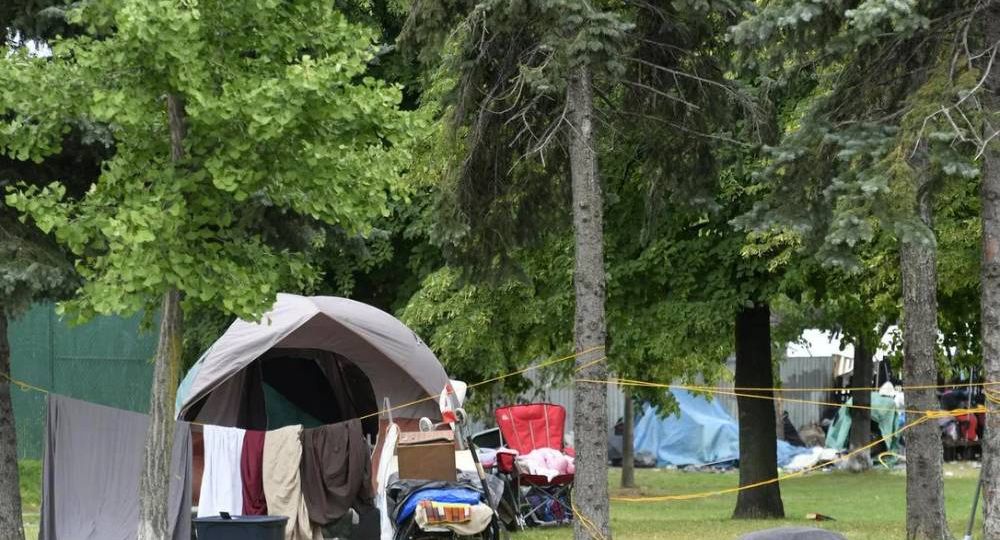
When I drive down James Street North just past the West Harbour GO station, I think of Peter Falk. Let me tell you why.
You might remember “Columbo,” the detective show that could be seen for three decades in the ’70s, ’80s and ’90s. Lieutenant Columbo was played by Mr. Falk, now sadly gone. A great actor (the first to be nominated for both an Emmy and an Oscar in the same year), he played Columbo as a rumpled, bumbling detective. He’d appear to be befuddled by a crime and its myriad details until he said something like, “Mr. Snodgrass, you say you were home the night of March 17, watching the Rangers beat the Flyers, right? The night your wife Priscilla was murdered? And yet, on March 18 you had your TV repaired. I know because I found this receipt from a TV repair company dated the next morning. And, oh, those Flyers, eh? “Nine-game winning streak this month!” Then he’d say something like “I’m confused,” and give us his trademark gesture — he’d slap his forehead. He did it so often I figured his forehead would be flat. And magically, the gesture and the words would allow the case to resolve, or the culprit to confess.
Regardless of how he made it happen (or the script writers did), the “I’m confused!” line worked.
He wasn’t the only one who used the technique. When I practised at a clinic in North Hamilton, not far from the James Street North location I’m talking about, our psychiatrist employed it in therapy sessions. Pretending to slap his forehead, he’d raise an obvious discrepancy in what his patient was telling him, allowing some self-reflection and action.
I made up the Columbo dialogue, but not the psychiatrist or Peter Falk and the role he played. Not the North End. And definitely not the focus of this little essay: the sizable homeless encampment that makes me think of Columbo.
Canada, you may have noticed, suffers from homelessness. Statistics say that, countrywide, a quarter of a million Canadians experienced homelessness in the past year — a product of poverty, poor physical or mental health, violence, lack of income or employment, and — you might have noticed this too — a shortage of affordable housing. And that’s just the tip of the iceberg. There are the “hidden homeless” — people who couch-surf, staying with friends or family, often unwanted. You won’t be surprised that kids are adversely affected. In fact, families with kids are the fastest growing segment of this “market.” Expect that number to grow, since over 10 per cent of Canadian families currently live below the low income cut-off, unable to meet even the most basic needs. And that’s not mentioning the youth, many of whom have been abused at home.
Hamilton has done lots in its attempt to solve the problem, perhaps more than many cities. The city’s shelter system, using funds from provincial pandemic-relief funding, has nearly 500 beds, including spaces in hotel rooms. That number is probably half of what we need; the shelter spaces are full. There have been challenges of course — COVID-19 outbreaks and inadequate staffing levels are just two of them. There’s an outreach process in place, involving bylaw officers, housing outreach workers, a partnership with police and paramedics, and social navigators (a good term; these are rough seas). And there are health-care workers as well, God bless them, since the problem goes beyond the untidiness of the encampments and finding shelter for their residents: the death rate among these individuals has soared in the last years. They often fall victim to the opioid epidemic, COVID’s evil cousin; they suffer from violence, sexual abuse, even frostbite in the cold weather.
“Sometimes,” one of the physicians to this at-risk population said in a recent Spectator interview, “I have to say (to a patient), ‘I hope you’re alive tomorrow.’ ”


